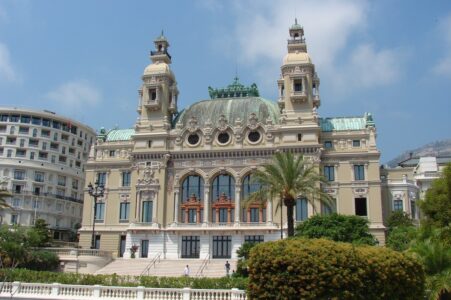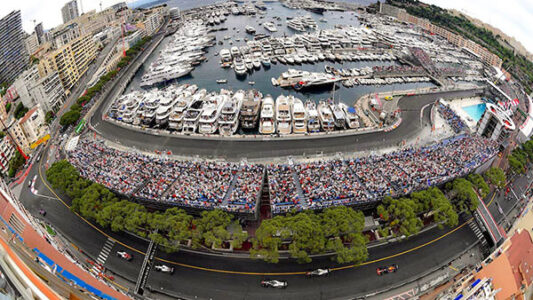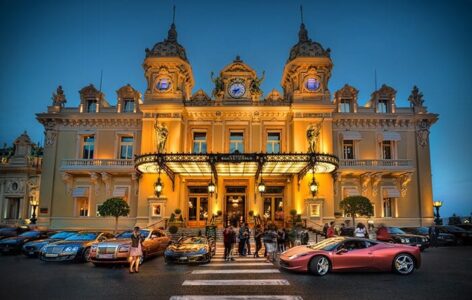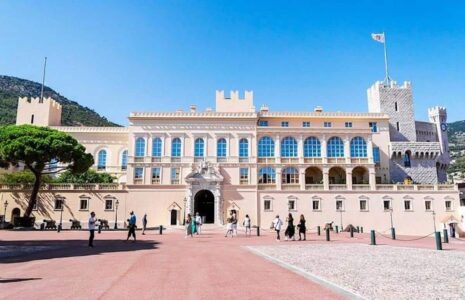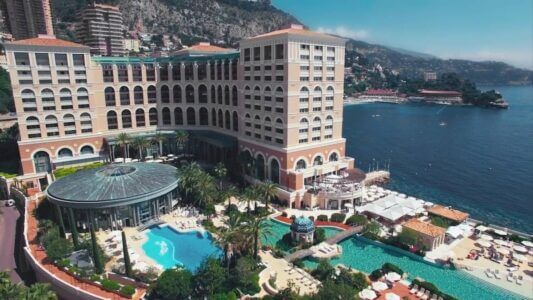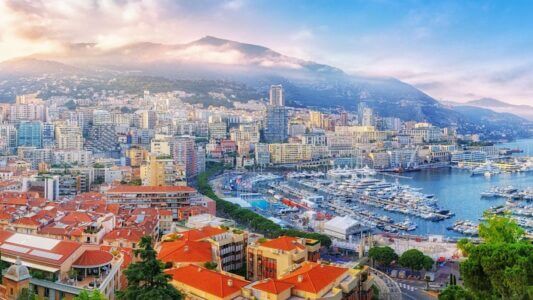Unusual items from ‘Monaco et les Napoléon(s)’ exhibition

The exhibition entitled “Monaco et les Napoléon(s). Destins croisés” currently running at the Grimaldi Forum until 31 August 2025, reveals the little-known ties between the Bonaparte dynasty and the Princes of Monaco through nearly 200 exceptional works. A number of items in the collection are out of the ordinary and bear witness to the refined lifestyle of the imperial era.
Bust of Empress Eugénie by Charles Adrien Prosper d’Épinay
After the death of Napoleon III in 1873 and tragic loss of her son in 1879, Eugénie was exiled to England and settled at Farnborough Hill in Hampshire. A regular visitor to Cap-Martin on the Côte d’Azur, she had the Villa Cyrnos built there from 1892. Dignified in her grief and surrounded by memories and loyal friends, including Prince Albert I of Monaco, she led a quiet life of travel and contemplation.

She hosted intellectuals and European aristocrats, while supporting charitable works. She continued to show a keen interest in political and scholarly matters, and died in 1920 at the age of ninety-four, having witnessed the fall of the European empires and the end of a world in which she had played an active part. A few months earlier, she had still appeared to Prince Albert of Monaco to “show the world an absolutely extraordinary intellectual capacity and physiological conservation.”
Drawing by Henri Baron representing the official festivities at the Tuileries Palace during the Universal Exhibition of 1867
The imperial celebrations under Napoleon III dazzled with their pomp and elegance. At the Tuileries, in Fontainebleau and Compiègne, the Emperor and his wife the Empress Eugénie invited artists, diplomats and other members of the elite to sumptuous balls, refined dinner parties and enchanting shows.
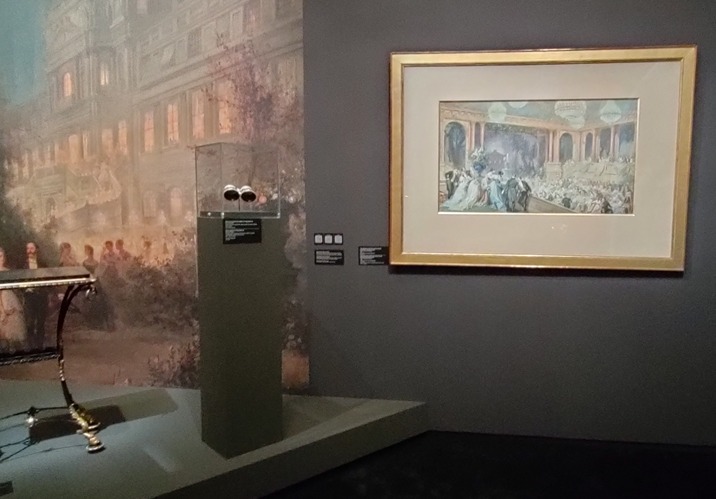
Orchestras, fireworks and illuminations filled the guests with wonder, while the etiquette was one of ‘grandeur meets social gathering’. These festivities showcased the prestige of the imperial regime and were a draw for the European aristocracy.
Empress Joséphine’s letter holder by Martin-Guillaume Biennais
Carved wood, ebony, gilt bronze
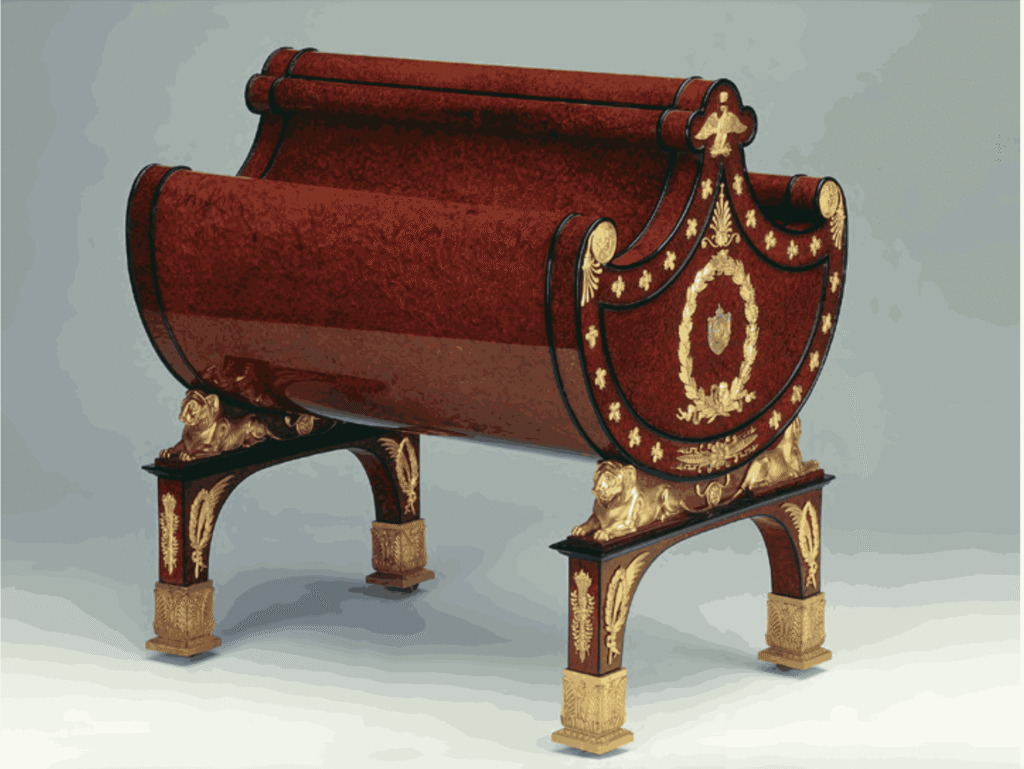
Created in 1810 by Martin-Guillaume Biennais, Napoleon’s favourite goldsmith, this letter holder made from carved wood, ebony and gilt bronze belonged to Empress Josephine. As well as its practical function, the object shows the attention paid to the smallest details in the Malmaison decor. As the exhibition points out, Joséphine was an “empress with taste” who collected objets d’art and completely changed her wardrobe every year. The letter holder is on loan from the Fondation Napoléon.
Pistol-shaped fragrance spray in its original travel case
Around 1805, a brilliant craftsman created one of the most surprising objects of the Napoleonic era: a pistol-shaped perfume spray made of gold, pearls and brass. The object, preserved in its original travel case, is a perfect illustration of the refined lifestyle of the First Empire, when even beauty accessories had a military influence.
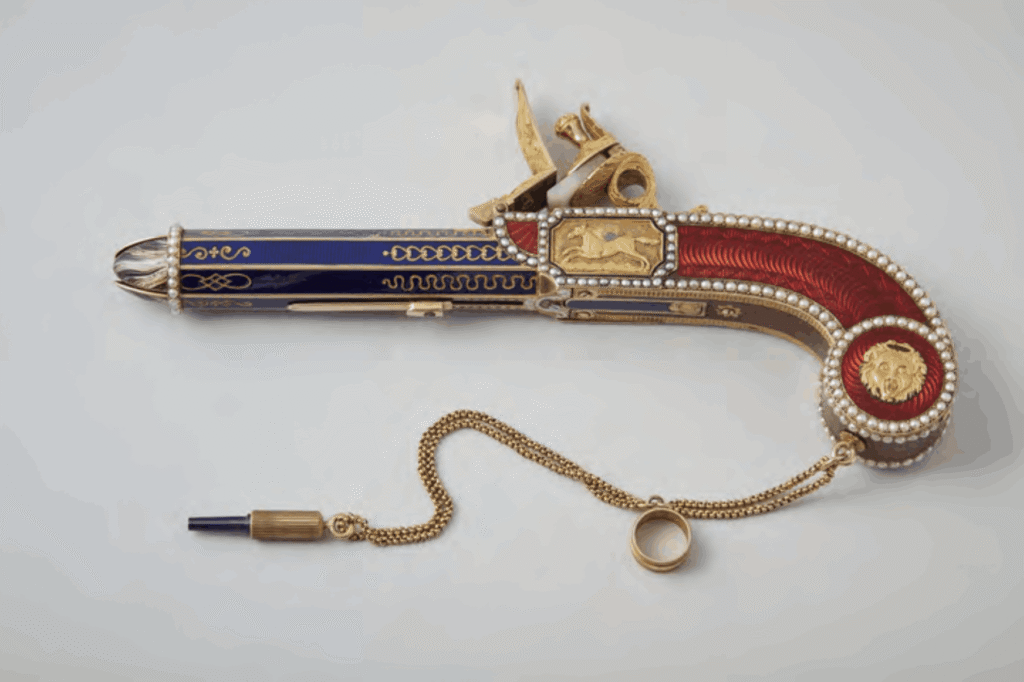
Travelling case gifted by Napoleon I to Stéphanie de Beauharnais on her marriage to the Prince of Baden, made by Martin Guillaume Biennais.
Gilt silver, gilt bronze, copper, porcelain, cut crystal, tortoiseshell, ivory, mahogany
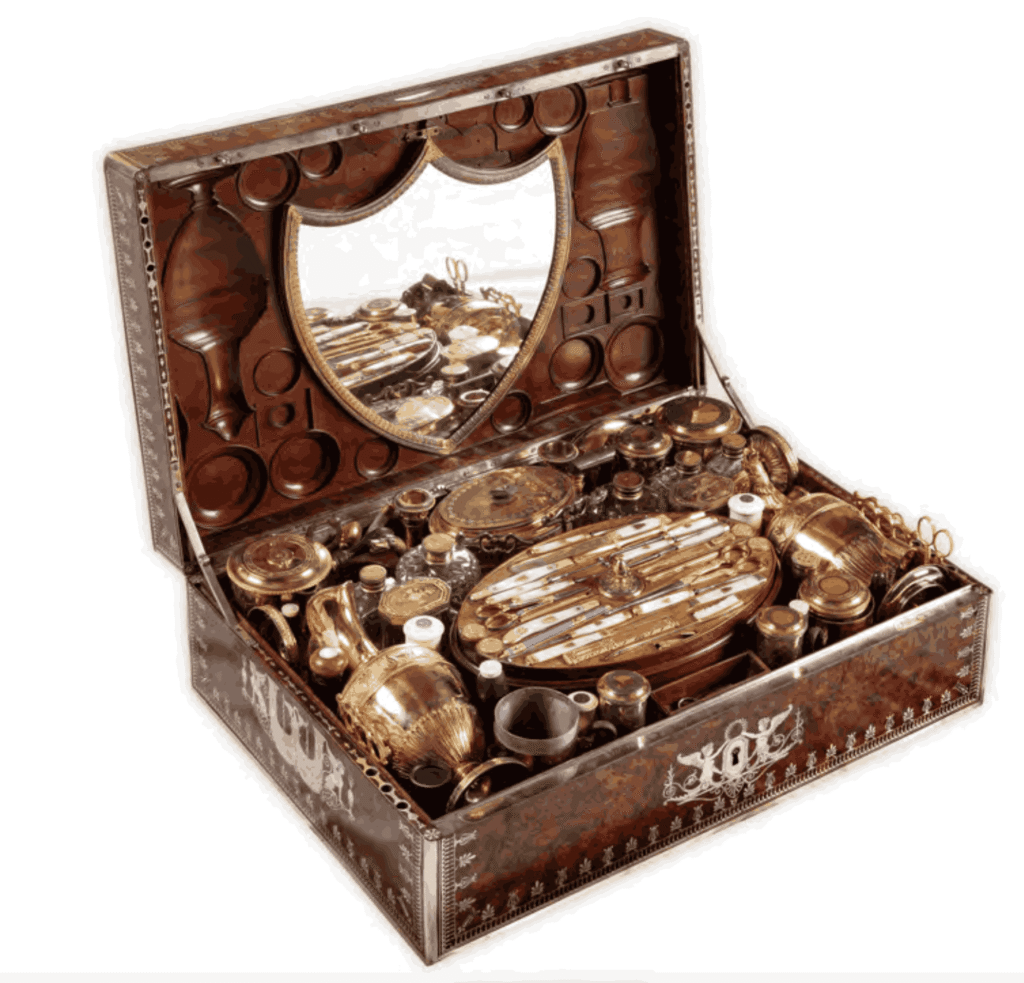
This fabulous travelling case in gilt silver, gilt bronze, copper, porcelain, cut crystal, tortoiseshell, ivory and mahogany was a gift from Napoleon I to Stéphanie de Beauharnais for her marriage to the Prince of Baden in 1806. More than just a wedding gift, it symbolised the Emperor’s marriage policy. Stéphanie, Joséphine’s cousin, was adopted by Napoleon and became a diplomatic instrument for expanding France’s influence in Germany. The link with Monaco is that her granddaughter married Prince Albert I of Monaco in 1869, with the Empress Eugénie as her matchmaker!
Many other treasures await visitors to the exhibition, including Marshal Lannes’ campaign writing table, given to him by Napoleon I, a fabulous set of malachite cameos by Nitot & Fils, the princely uniform of Honoré V with his decorations, and the Odiot silver service with the Grimaldi and Mérode coats of arms.
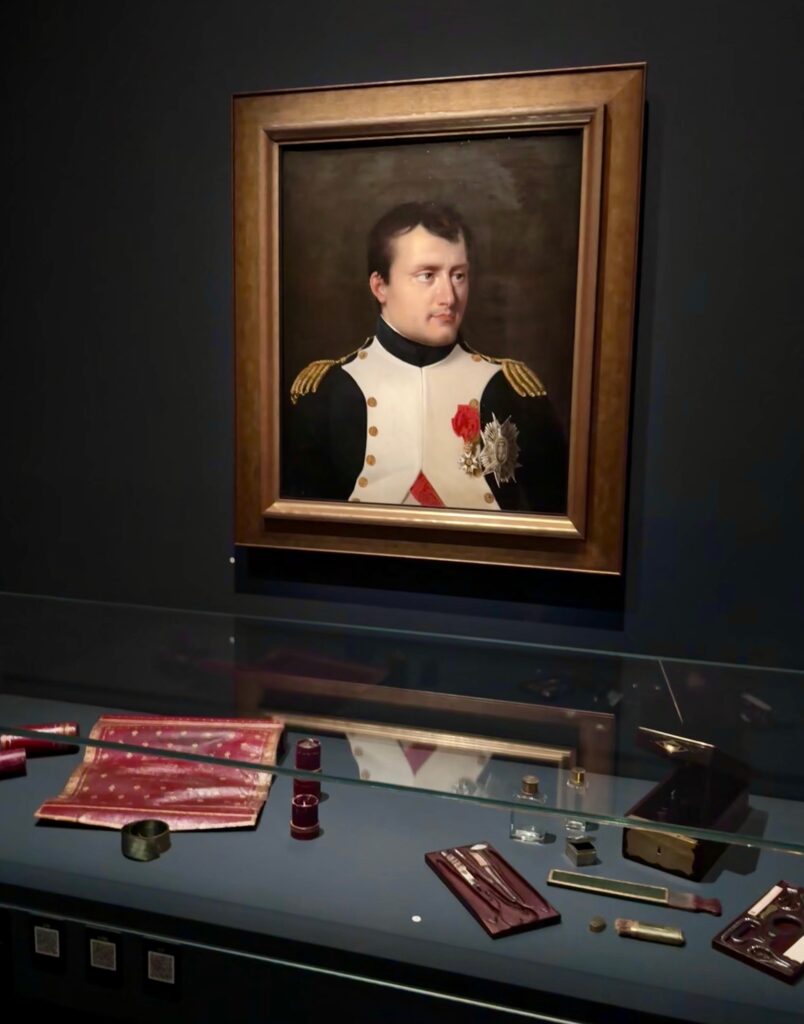
- The exhibition entitled “Monaco et les Napoléon(s). Destins croisés” can be seen until 31 August at the Grimaldi Forum.
- Open every day from 10am – 8pm, late night opening on Thursdays until 10pm.
- Further information: exposition-monaco-napoleon.com

